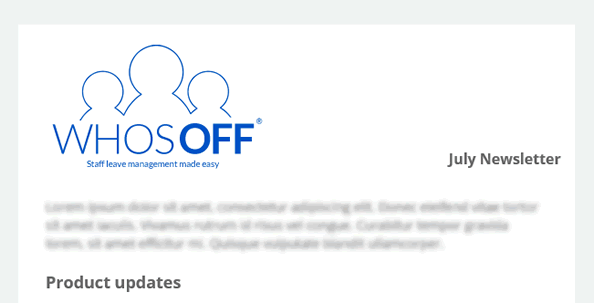Co-ordinating staff leave can be challenging at the best of times, but what happens when your team members don’t work a fixed number of hours? The sad reality is that many people in irregular employment have their holiday allocations underestimated – or receive no paid holiday at all – despite being entitled to annual leave.
To combat this, the UK government is clamping down on confusion surrounding the paid holiday rights of flexible staff. An estimated 1.8 people in Britain alone are not currently receiving the pay they are entitled to, leading officials to launch an educational campaign to raise awareness of workers’ rights.
If your business is keen to improve the way you manage holiday allocation for employees with irregular hours, here are some things to consider.
The problem with calculating holiday pay
For most companies, the reason casual workers aren’t given sufficient paid holiday isn’t because managers don’t care; it’s a simple matter of miscalculation. To make policies clearer, the government has released a new guide to calculating holiday pay for workers without fixed hours, ensuring all businesses adhere to minimum paid leave requirements.
Calculating employees’ holiday pay is relatively straightforward when they work a set number of hours each week or month. However, if their work schedule fluctuates it can be much more challenging.
To obtain a suitable figure, the government suggests that employers look back at staff working patterns over the previous 12 weeks. This can be used to determine an average wage during that period based on their weekly earnings, which provides a suitable benchmark for paid holiday.
It’s important that average pay is analysed in weeks rather than months, as these consistently start and end on the same day – whereas months vary in length and starting day. It also creates a standard system for working out average wages regardless of whether employees are paid weekly or monthly.
If employees work extremely irregular hours or are on a zero hours contract, companies should take the last 12 weeks in which they worked – discounting any weeks in between where they had no shifts – and average their pay based on this information.
Are you in or out?
Another reason that paid holiday is managed so poorly within some businesses is a lack of clarity over who’s taking what days off. It can be difficult keeping track of paid leave entitlement with full-time staff; factor in part-time workers on irregular hours and the challenge becomes even more complex.
To improve the way that staff leave is coordinated, many companies are turning to online leave management software in order to centralise their HR requirements. Investing in a piece of software that records all team availability is doubly beneficial for workers with fluctuating hours, as it can integrate details of people’s upcoming shifts, alongside any planned absences.
A good leave management platform will enable managers and HR staff to colour code data by type, making it easier for the wider workforce to see who’s in at a glance – and who’s booked time off. Paid holiday, sickness and working from home can all be logged in separate colours, providing continuity across the system.
While many businesses will feel these three types of leave are sufficient, some businesses will want to log who is working next to details of who isn’t. Digitising the way in which you manage staff movements can enable this, as a separate colour can be integrated that denotes when employees are on duty.
Show flexible workers they matter to your business
Analysing whether temporary and casual staff are receiving their full paid holiday allocation can mean a bit of effort up-front, but the benefits of addressing their benefits package are significant. Often these workers are called in when manpower is most required, covering team members on holiday or providing extra resources at times of peak business.
In addition to staying on the right side of the law, making sure all employees receive the benefits they deserve sends out a clear message: we appreciate your contribution and we want you to remain part of our valued workforce. And with the right leave management solution in place, co-ordinating this freshly calculated holiday entitlement poses no disruption to your business.
Improve the way your company manages annual leave with WhosOff’s online software. Sign up for a free trial and join the 150,000+ people using our solution.
If you are looking to manage holidays AND working times (shifts/Rotas/part timers) try WhosOffice, also available with a free trial
Photo by Andrey Grushnikov from Pexels.com

